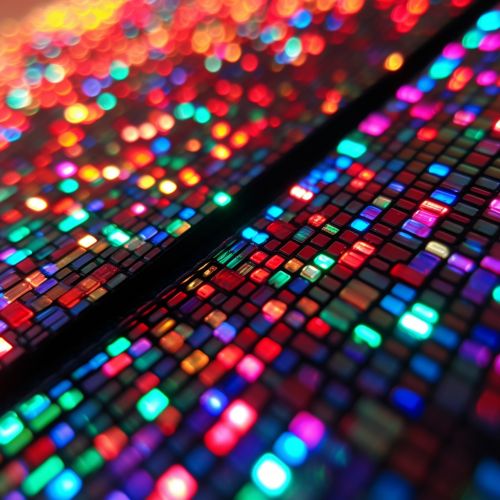Organic Light Emitting Diode
Introduction
An Organic Light Emitting Diode (OLED) is a light-emitting diode (LED) in which the emissive electroluminescent layer is a film of organic compound that emits light in response to an electric current. This layer of organic semiconductor is situated between two electrodes; typically, at least one of these electrodes is transparent.


History
The development of OLED technology dates back to the early 1950s, when André Bernanose and co-workers at the Nancy-Université in France made the first observations of electroluminescence in organic materials. This discovery laid the foundation for the development of the first practical OLED device by Ching W. Tang and Steven Van Slyke at Eastman Kodak in 1987.
Structure
An OLED is composed of an emissive layer, a conductive layer, a substrate, and anode and cathode terminals. The layers are made up of organic molecules or polymers, which possess the property of conductivity. The conductive layer is made up of organic plastic molecules that transport "holes" from the anode, while the emissive layer transports electrons from the cathode; this is referred to as a bipolar junction.
Working Principle
The working principle of an OLED involves the emission of light by the electroluminescent organic material when an electric current is applied. The organic material is sandwiched between two electrodes (an anode and a cathode), which are in turn placed on a substrate. When an electric current is applied, the organic material emits a bright light. This light emission is based on the principle of electroluminescence.
Types of OLEDs
There are two main types of OLEDs: passive-matrix OLED (PMOLED) and active-matrix OLED (AMOLED). PMOLEDs are simpler in design and are more common in small display screens such as those in mobile devices and wearables. AMOLEDs, on the other hand, are more complex and are used in larger display applications such as television screens and computer monitors.
Applications
OLED technology is used in a wide range of applications, including television screens, computer monitors, mobile phones, and portable systems such as MP3 players, digital cameras, and handheld game consoles. OLEDs are also used in lighting applications, including residential and commercial lighting, and in automotive applications for dashboard displays and other interior lighting.
Advantages and Disadvantages
OLEDs offer several advantages over traditional LED and LCD displays, including higher contrast ratios, wider viewing angles, faster refresh rates, and the ability to produce thinner and lighter displays. However, they also have some disadvantages, such as shorter lifespan, susceptibility to water damage, and higher production costs.
Future Prospects
The future of OLED technology looks promising, with ongoing research and development aimed at improving the efficiency, lifespan, and versatility of OLED devices. Potential future applications include flexible and foldable displays, transparent displays, and improved lighting solutions.
